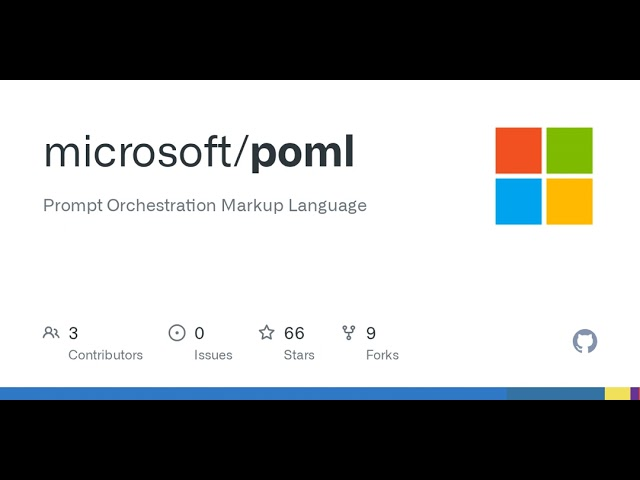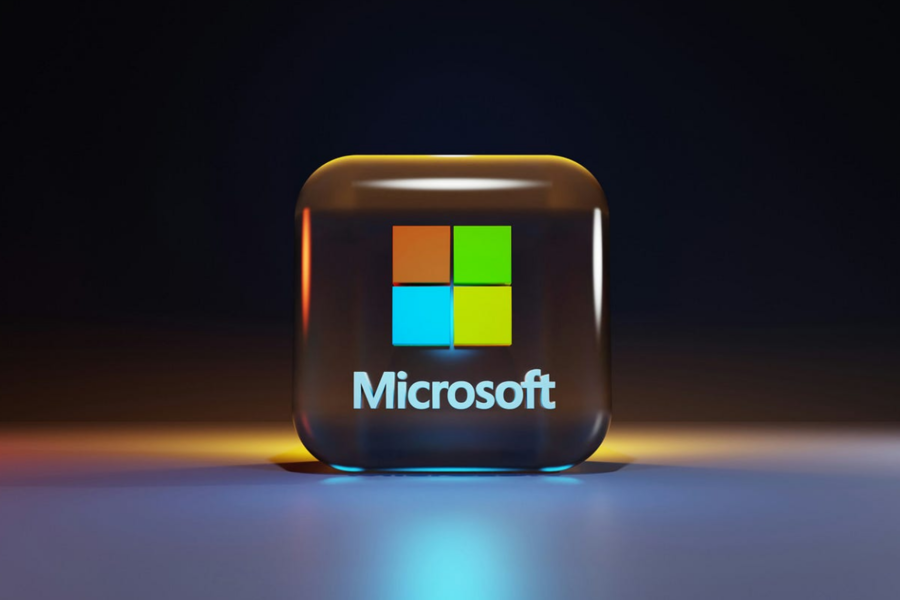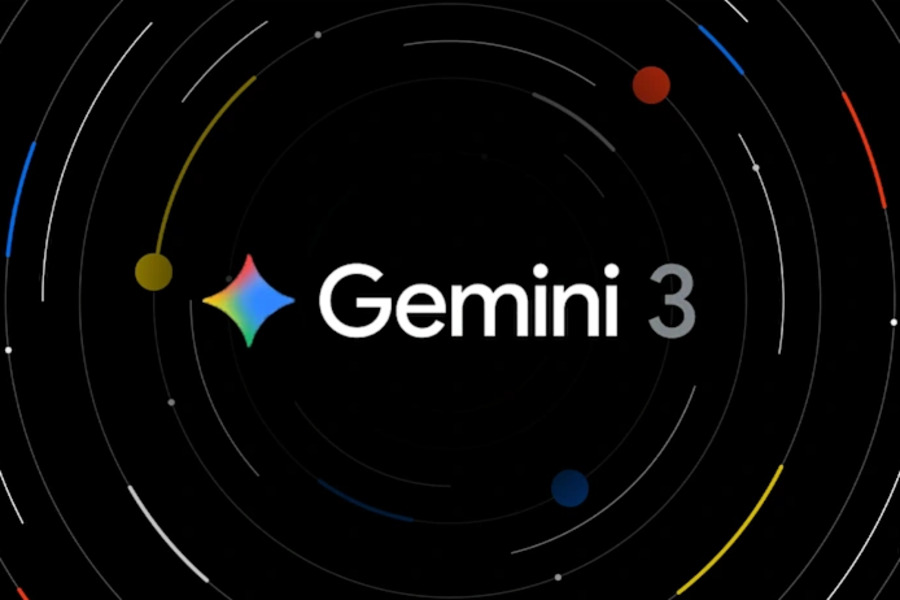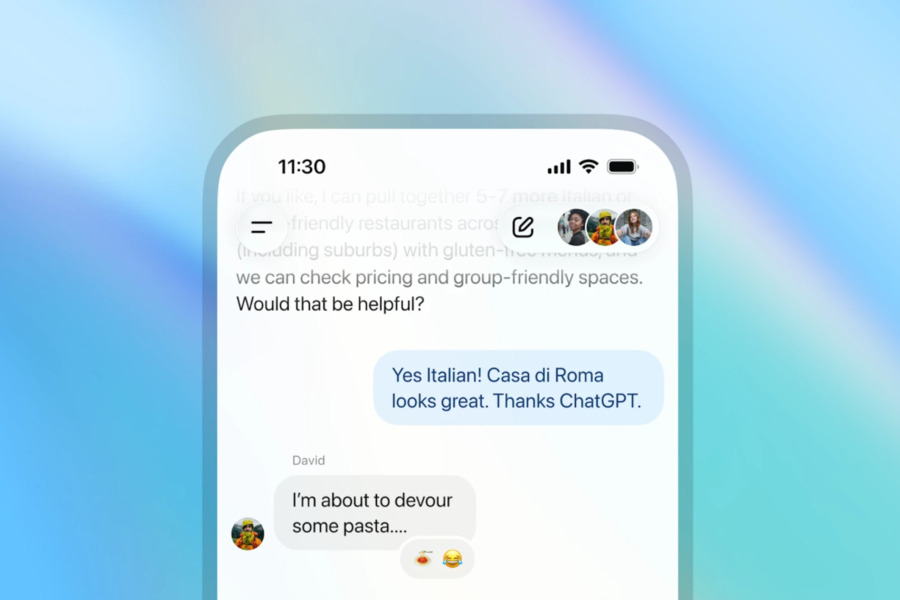Microsoft has taken a significant leap forward in AI development with the introduction of the Prompt Orchestration Markup Language (POML). Microsoft POML is a specialized tool designed to revolutionize how developers create instructions for large language models (LLMs).
This groundbreaking technology aims to address persistent challenges in prompt engineering by offering a structured, maintainable approach to crafting AI instructions.
The announcement has generated considerable buzz across the tech industry, with experts debating whether POML represents the future of prompt engineering or an unnecessary complication in an already complex field.
Keep reading, here is everything you need to know about Microsoft POML.
Understanding Microsoft POML’s Key Features
At its foundation, POML employs an HTML-like syntax to deconstruct complex prompts into manageable, modular components. The language utilizes semantic tags such as:
<role>for defining AI personas<task>for specifying actions<example>for providing context
This systematic organization addresses common pain points in traditional prompt engineering, including unstructured prompts, format sensitivity, and inadequate tooling support. Microsoft’s solution enables developers to embed diverse data types—from simple text to complex images—with unprecedented ease.
One of POML’s standout features is its CSS-like styling system, which grants developers precise control over output formatting. This separation of content and presentation helps mitigate model instability often caused by minor prompt formatting changes.
The POML Developer Ecosystem

Microsoft hasn’t just created a markup language—it’s built a comprehensive ecosystem to support developers. The company has released:
- Visual Studio Code Extension: Featuring syntax highlighting, intelligent auto-completion, real-time previews, and error diagnostics
- SDKs for Node.js and Python: Enabling seamless integration with existing development workflows
- Documentation and Tutorials: Comprehensive resources to accelerate adoption
This robust tooling positions POML as more than just another language—it’s a complete solution for structured prompt engineering. The availability of these resources significantly lowers the barrier to entry for developers looking to incorporate POML into their projects.
What are People Saying about Microsoft POML
The developer community’s response to POML has been decidedly mixed, sparking vigorous discussions across forums and social media platforms.
Supportive Perspectives
Proponents highlight several advantages:
- Improved maintainability: Modular prompts are easier to update and debug
- Enhanced collaboration: Standardized structure facilitates team-based development
- Reduced trial-and-error: More predictable outcomes from well-structured prompts
Many view POML as bringing much-needed engineering discipline to a field that has traditionally relied on intuition and iterative testing.
Critical Voices
However, skeptics raise valid concerns:
- XML-like complexity: Some argue the syntax is unnecessarily verbose
- Learning curve: Potential barrier for non-technical users
- Long-term relevance: Questions about whether advancing AI will reduce need for precise prompting
Notably, some experts suggest that as LLMs become more sophisticated through techniques like tool-calling and agentic AI, the importance of meticulous prompt engineering might diminish naturally.
POML’s Potential Applications
Despite the debate, POML demonstrates compelling use cases that could transform several aspects of AI development:
- Dynamic Content Generation: Creating templates for automated report generation from structured data
- A/B Testing: Systematically comparing prompt variations to optimize performance
- Multi-modal Instruction: Seamlessly combining text, images, and other media in prompts
- Style Experimentation: Testing different output formats by simply swapping stylesheets
Microsoft emphasizes POML’s portability across LLMs as a key advantage, suggesting it could make AI applications more resilient to model changes or updates.
Implementing Microsoft POML: Practical Considerations
For teams considering adopting POML, several factors warrant attention:
- Team Skills Assessment: Evaluate existing expertise with markup languages
- Project Complexity: POML shines most in sophisticated, maintained applications
- Tooling Integration: Plan for incorporating POML into current workflows
- Training Requirements: Allocate resources for onboarding team members
- Long-term Maintenance: Consider how prompts will evolve with both POML and AI advancements
Microsoft provides migration guides and best practice documentation to assist with these transitions.
Conclusion: Is Microsoft POML the Future of Prompt Engineering?
Microsoft’s POML undoubtedly marks a significant milestone in AI development tools. By bringing structure and tooling to prompt engineering, it addresses genuine pain points in building reliable, maintainable AI applications.
While the debate about its complexity versus utility continues, early adopters report substantial productivity improvements. As the AI field matures, tools like POML may become essential for enterprise-scale development, much like version control and testing frameworks did for traditional software engineering.
The coming months will be crucial as more developers experiment with POML and the community provides feedback. Whether it becomes an industry standard or a niche solution will depend on how well it balances power with usability as the technology evolves.



